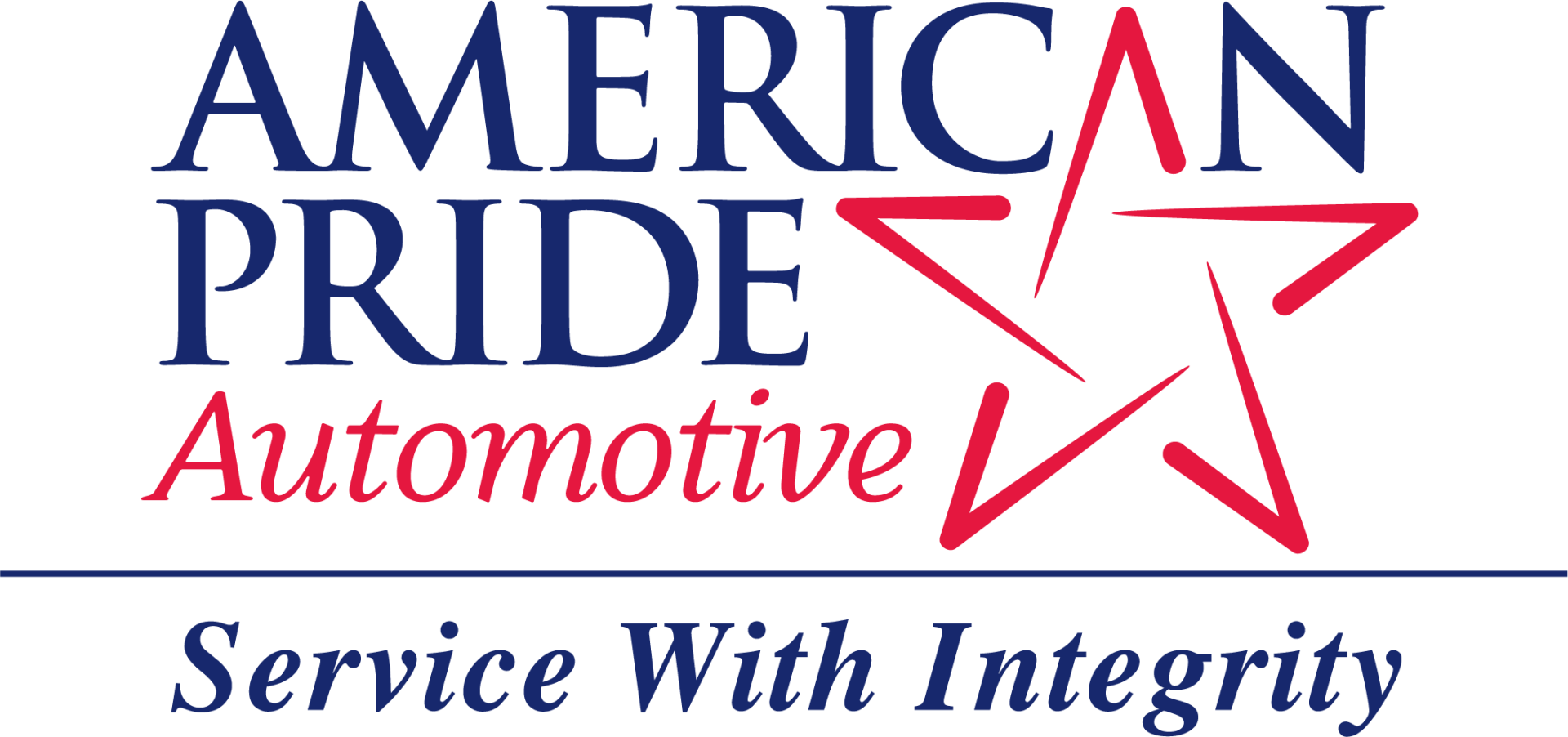MOST COMMON SIGNS OF ENGINE PROBLEMS
American Pride Automotive • June 12, 2015
We’ve talked before about the dread associated with the “check engine” light, but do you know the most common reasons for this light and other signs of major engine trouble? The need for a major engine repair is often a result of neglected routine maintenance. It’s important to catch the signs of an ailing engine before the car breaks down. These are a few of them.
- Repeated overheating. If you find yourself sitting in traffic with an overheating engine, you may have a bad water pump, broken engine thermostat, blocked hoses, a burnt out radiator, or loose/broken plugs (all components of your engine’s cooling system).
- Strange noises. All cars have their unique “sounds,” but if you notice any new/odd noises or vibrations like knocking, grinding or clunking, you should get the car to a mechanic ASAP. These noises can indicate timing belt problems, a bad starter or other engine irregularity.
- Smoke or steam. We wrote a post on this topic recently. A smoking engine is a smoking gun for all kinds of issues including: a poorly functioning crankcase, worn gaskets/cylinders/or rings, and even using the wrong oil grade.
- Stalling or hesitation. A car that cuts out on the road is a major safety hazard, and even minor hesitations should be cause for pause. Hesitation issues are sometimes indicative of fuel filter and fuel line problems. You may also need to replace your spark plugs. Keep in mind that stalling and hesitation are not always engine-related, but can also be caused by transmission issues and vehicle computer irregularities.
Are you experiencing any of these signs of major engine trouble? Get your vehicle to American Pride to get the car repaired before it needs a more costly fix. Call any of our three locations or contact online today to schedule an appointment.

You’re driving home at night and it is raining cats and dogs. You can’t see but 20 feet in front of your car, but you’ve slowed down and are being extra cautious, so what could go wrong? Then you feel it. A sinking Cl-clunk. Maybe that “puddle” you saw ahead of you was deeper than just a puddle. Before you know it, your car is stalling in the high water in the middle of the road. Now what? First off, don’t panic. Turn on your hazards and crank the ignition once. If the car starts, make it dry land and pull over to assess the damage. If it does not start the first time, do not try to start it again. Doing so can result in a hydro locked engine and will likely necessitate the rebuilding or replacement of the engine. Unfortunately, if you find yourself stalling in water at all, your vehicle will probably need costly repairs. The best way to avoid water damage is to practice safe and smart driving in wet weather, which brings us to Part 2 of the Everything Auto “Blame it on the Rain” series (Find Part 1 here). Take heed of these severe weather driving tips: 1. TAKE NO CHANCES ON PUDDLES Even if the standing water ahead of you looks shallow enough to drive through, think twice. If the water is “rushing” or if other drivers are making a point to avoid it, don’t assume that your vehicle is the exception. Additionally, you never know the hazards that lay at the bottom of a puddle. Hidden potholes or debris can pierce your tires and jostle your alignment and suspension system. 2. IF YOU MUST TAKE A CHANCE, TAKE IT SLOW AND STEADY When you deem it necessary and safe to drive through water of questionable depth, go slowly. Speeding through a puddle, even a shallow one, can splash water into your vehicle’s intake and critically harm the engine. Like we mentioned last week, after driving through standing water, lightly tap your brakes to make sure they aren’t saturated and to dry them off. 3. KEEP A ROADSIDE EMERGENCY KIT HANDY Sometimes, no matter how careful you are on the road, accidents and vehicle malfunctions happen, especially in wet severe weather. That’s why it is extremely important to keep emergency supplies ready in the trunk for the worst case scenario. You can buy a preassembled one, but it is cheaper (and more rewarding) to assemble your own. What should you include? Edmunds.com provides an excellent comprehensive list of items, a few of which include: 12-foot jumper cables Four 15 minute road flares Two quarts of oil A gallon of antifreeze A first-aid kit. Find the rest of the list here We hope that this series has given you helpful safety insights and tips for driving in the rain! Remember that American Pride Automotive is always here to help and ready to answer any and all of your auto repair and maintenance questions! Call or contact us today.
